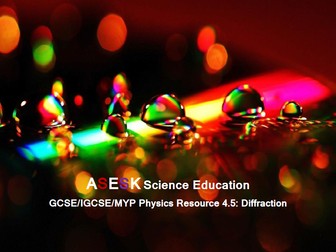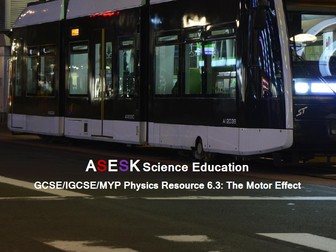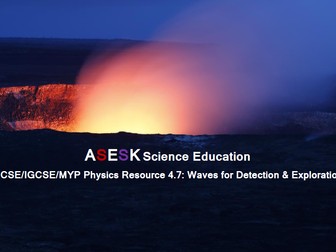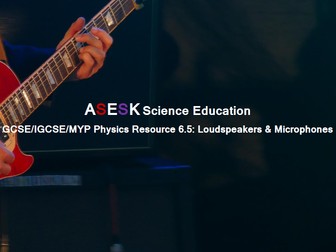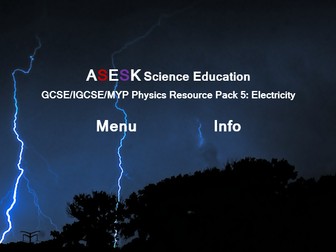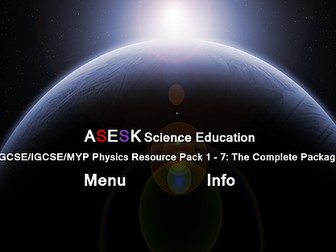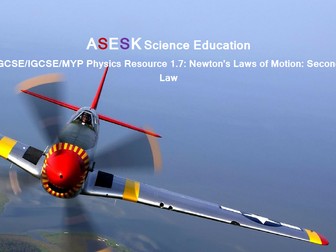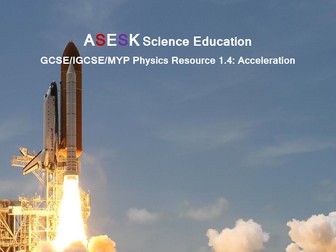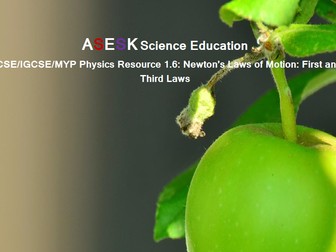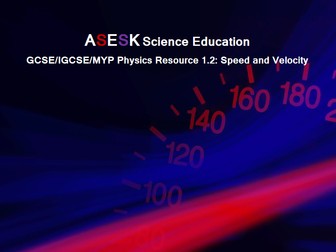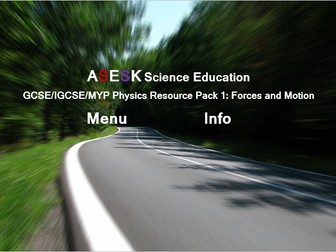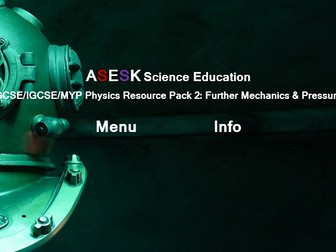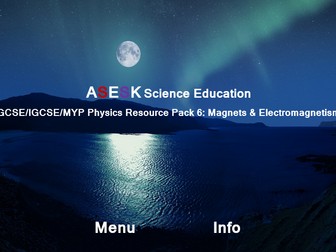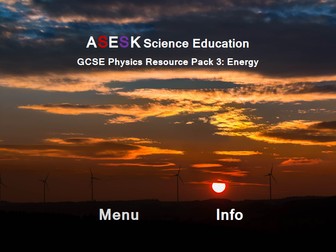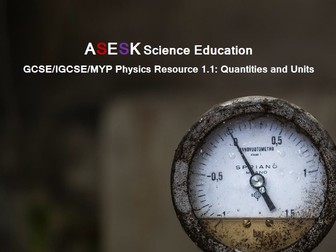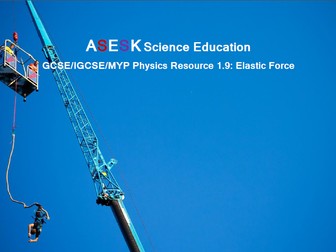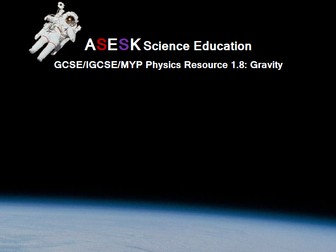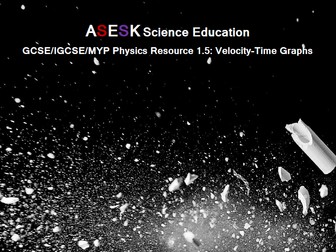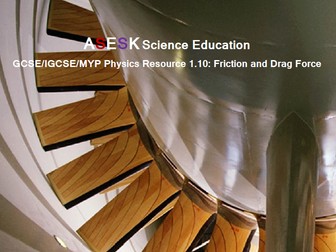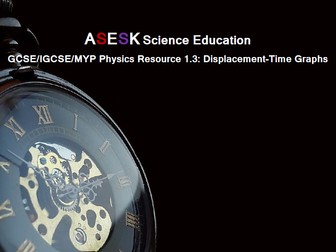
ASESK GCSE Physics Resource 4.5: Diffraction
This resource is set of structured tasks which develop and assess students’ knowledge of the following subject areas of GCSE physics:
-Predicting and sketching wave behaviour, reflection, refraction and diffraction
-Investigations using microwaves; reflection and diffraction
-Discussion about how wavelength affects amount of diffraction
Tasks are differentiated by grade using the reformed 9-1 grading system, with three tiers available (core 4-5, intermediate 6-7, extension 8-9). Tasks are also differentiated by strand of inquiry (discussion, calculation, investigation, revision and synthesis, communication).
Solutions and further information is also provided.
We hope you find useful – find out more at asesk.com
